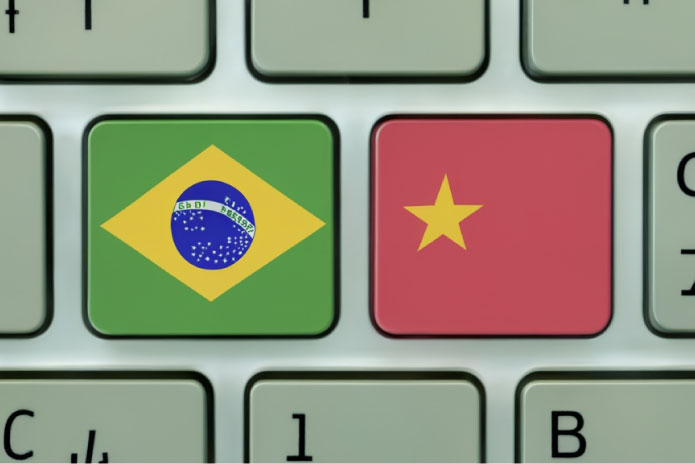No company is born to compete with an entire country, but many Brazilian entrepreneurs already face this reality. Brazil is today the only country in the world to operate simultaneously with all the main Chinese e-commerce platforms: Shein, AliExpress, Shopee and Temu. The advancement of Chinese retail platforms, with increasingly sophisticated operations, inaugurates a new era of consumption and those who do not adapt risk losing relevance.
Surveys by CNC (National Confederation of Trade in Goods, Services and Tourism) indicate that online sales in Brazil grew 75% between 2019 and 2024. In the same period, the participation of international marketplaces has practically doubled, driven by competitive prices, reduced delivery times and tax advantages. This scenario puts the country facing a dilemma: to protect the domestic market or accept the risk of a silent deindustrialization.
“The advancement of this model already moves billions and pressures local production chains.Shein, for example, has already won about 45 million Brazilian customers, incorporated more than 7 thousand national sellers to its platform and announced new logistics investments to further reduce delivery time.Chinese platforms are redesigning customer behavior and putting pressure on entire commercial chains”, says Paulo Motta, entrepreneur, investor and asset management expert.
The advancement of these platforms also exposes Brazil to a regulatory dilemma. The program Shipment As, which exempts from import tax purchases of up to US$ 50 made on registered sites such as Shein, Shopee, AliExpress and Temu, reduced costs for consumers, but expanded the criticism of entrepreneurs and sector entities, which point to unfair competition against domestic retail and industry, subjected to a much higher tax burden. Between the defense of local production and popular pressure for lower prices, the country finds itself divided in a dispute that has already reached Congress and promises to mark the economic agenda in the coming years.
Chinese presence in Brazilian retail is not a one-off phenomenon.We are facing a structural change that requires strategic vision, technique and quick reaction. Ignoring this reality is giving up competitiveness. “O entrepreneur who understands the global context and adjusts his strategy based on data and intelligence comes out ahead. Chinese retail does not compete only in price, but also in scale and expertise. Facing this scenario with maturity is a matter of survival”, comments Marcos Koenigkan, CEO of the Mercado & Opinion group.
Big names in business already debate this issue, map risks, share experiences and discuss solutions. “A exchange of experiences is as valuable as the ability to act. When we approach sensitive issues like this in a structured way, we increase our chances of crossing the impact with” intelligence, points Paulo Motta.
Koenigkan and Motta combine their speech with big names in the retail market, such as Renato Franklin, CEO of Casas Bahia Group and Fernando Yunes, CEO of Mercado Livre. In a recent debate, organized by Mercado & Opinion, the leaders, along with Fabio Neto, a partner at Startse, made it clear that in addition to the impact on companies, the transformation caused by China directly affects the Brazilian consumer, which today requires more convenience, variety and speed. This new pattern of behavior reinforces that global e-commerce has come to stay and should continue redesigning national retail in the coming years.











